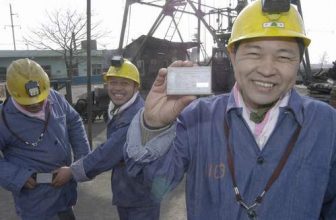
Jiangsu leverages the Internet of Things to create “smart water conservancy”
[ad_1]
The People’s Government of Jiangsu Province recently issued an opinion on accelerating water conservancy reform and development and advancing water conservancy modernization, clearly stating that in order to build a higher level of well-off society in an all-round way and take the lead in realizing modernization, we must effectively strengthen water conservancy infrastructure construction and use water conservancy modernization to support and protect the economy. The modernization of social development.
In strengthening the construction of water conservancy social management and public service capacity, it is necessary to actively strengthen the water conservancy science and technology support capacity. Improve and improve the water conservancy science and technology innovation system, strengthen the basic research and key technology research and development of water conservancy modernization, and increase the introduction, promotion and application of modern water conservancy technologies. Accelerate the construction of water conservancy informatization, fully implement the “Golden Water Project”, and promote the application of modern communication technology, Internet of Things technology, remote sensing and remote sensing technology in water resources management, storm and flood monitoring and forecasting, flood control and drought resistance command and dispatch, and water conservancy project operation management. Leading and driving the modernization of water conservancy with water conservancy informatization.
Jiangsu leverages the Internet of Things to create “smart water conservancy”
The Internet of Things has broad applications in the fields of drought and flood warning, water ecology monitoring, water conservancy project facility monitoring, water resources monitoring, and soil and water conservation monitoring. The Internet of Things technology will have a great impact on Jiangsu water conservancy in sensing, transmission, and business computing and application modes. big influence.
At present, Jiangsu has completed the hydrological information system with the provincial hydrological center as the leader, the regional hydrological sub-centers as the nodes, and the optical fiber transmission as the main hydrological information system, the Taihu Lake area system, the Grand Canal area system, the coastal area system and the Yishusi area The system has basically covered all the 344 flood reporting hydrological stations in Jiangsu province and above, and there are 256 flood reporting stations at or above the provincial level that realize remote measurement. On this basis, the hydrological data of all regions have been automatically monitored and reported.
[ad_2]




